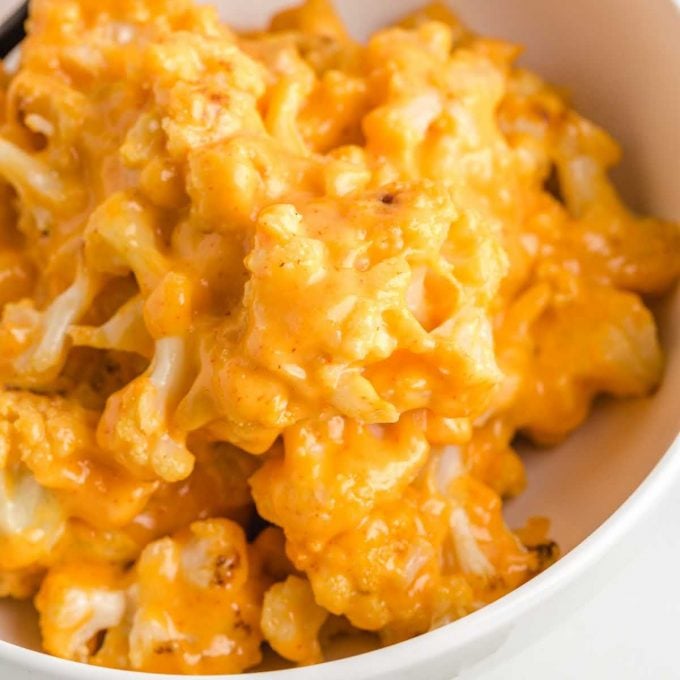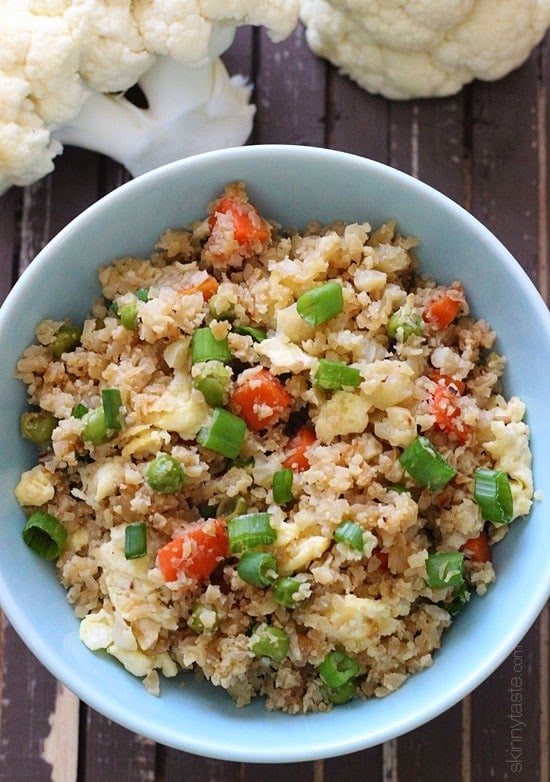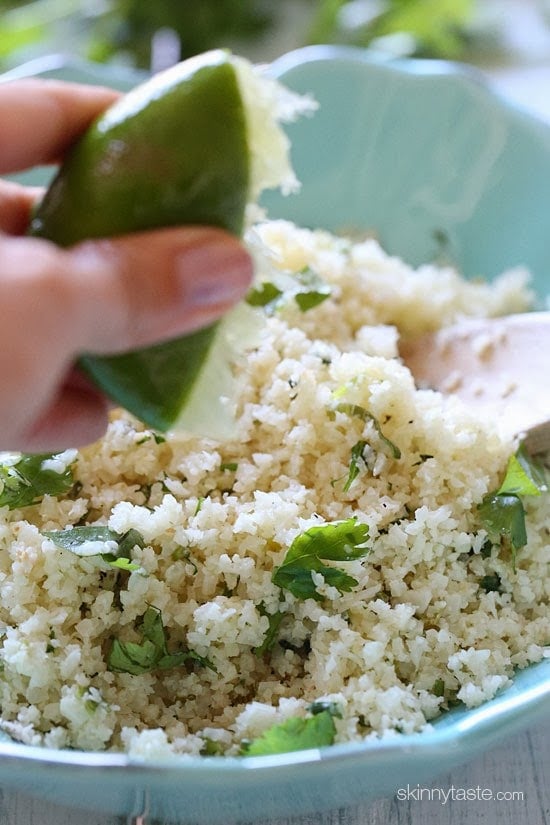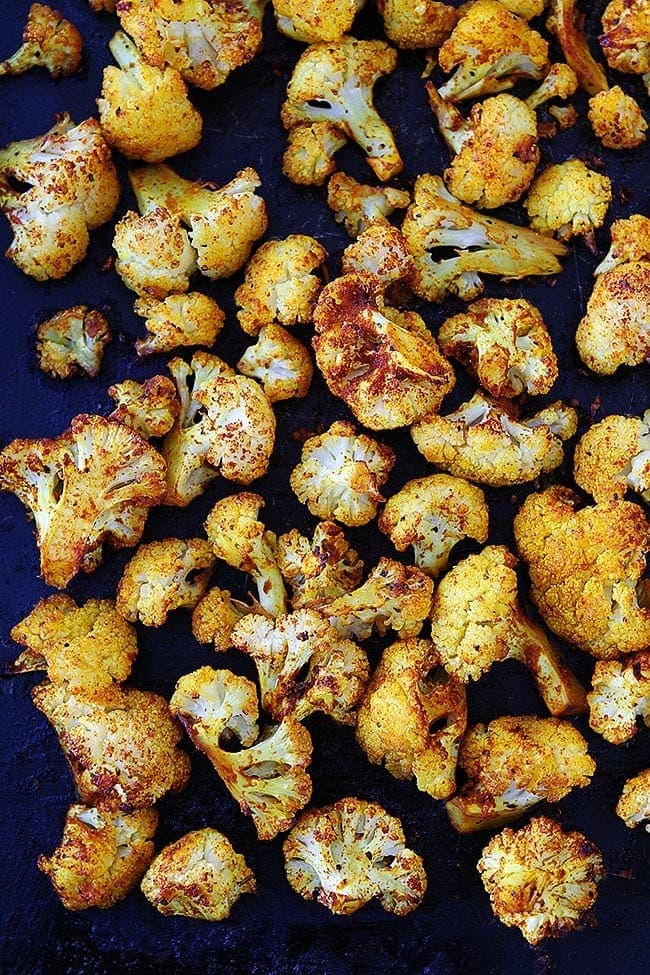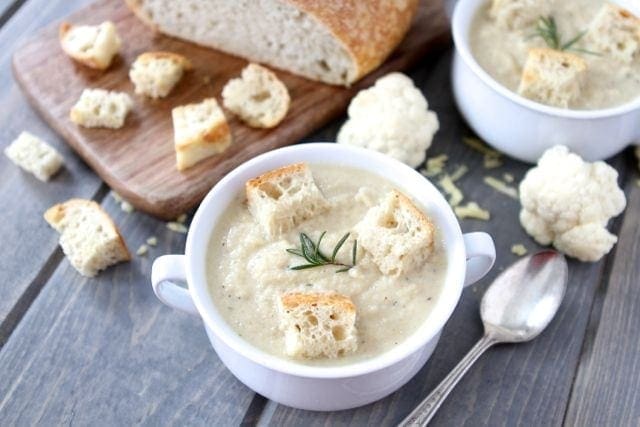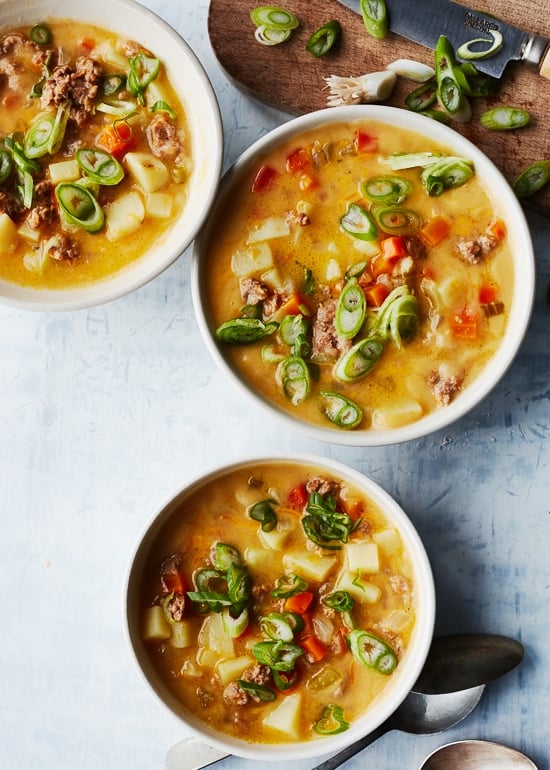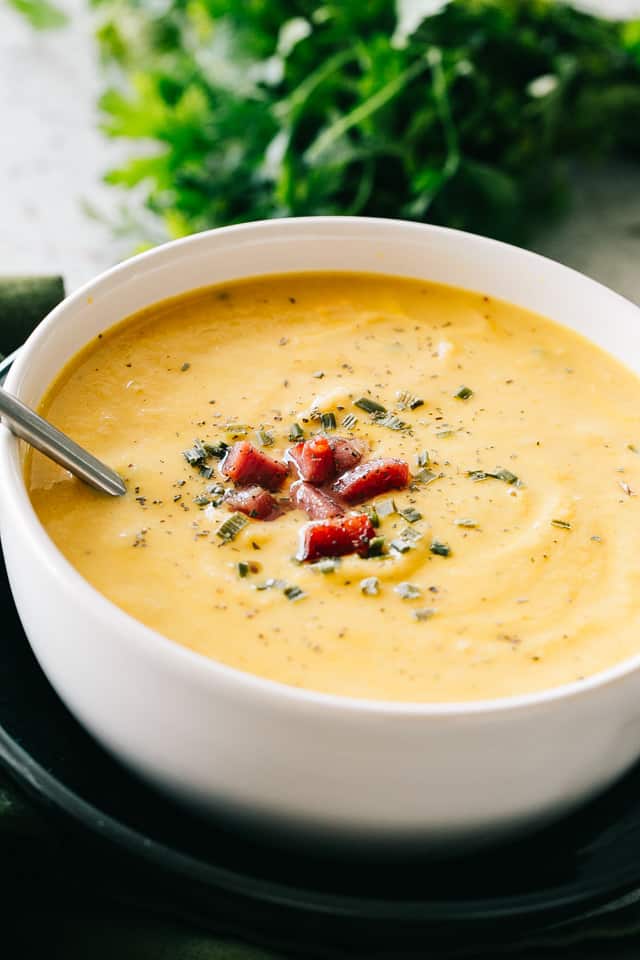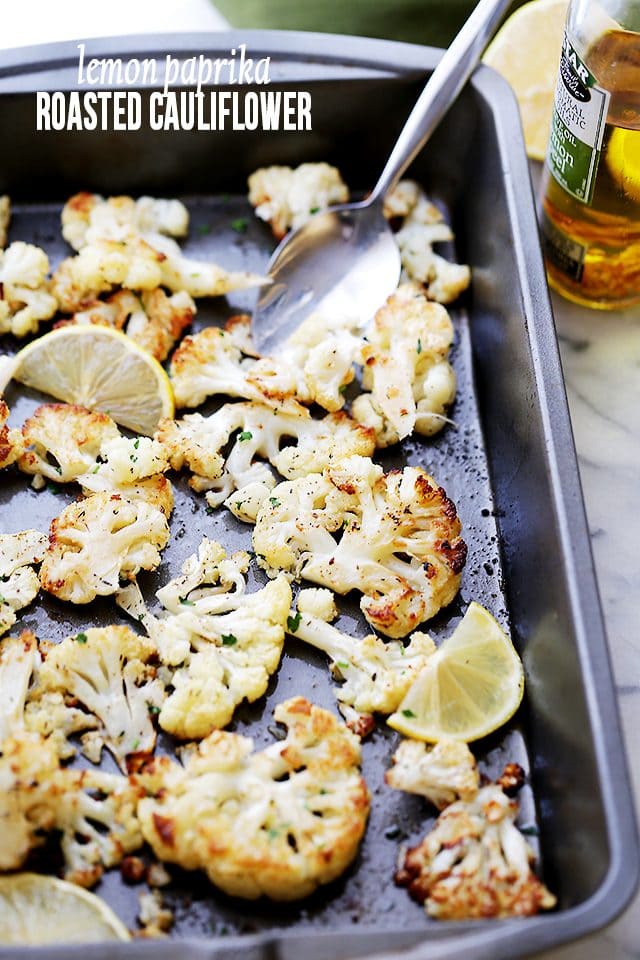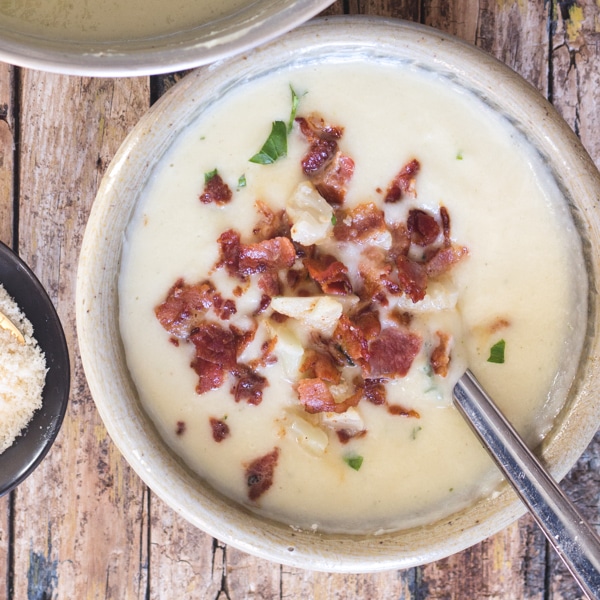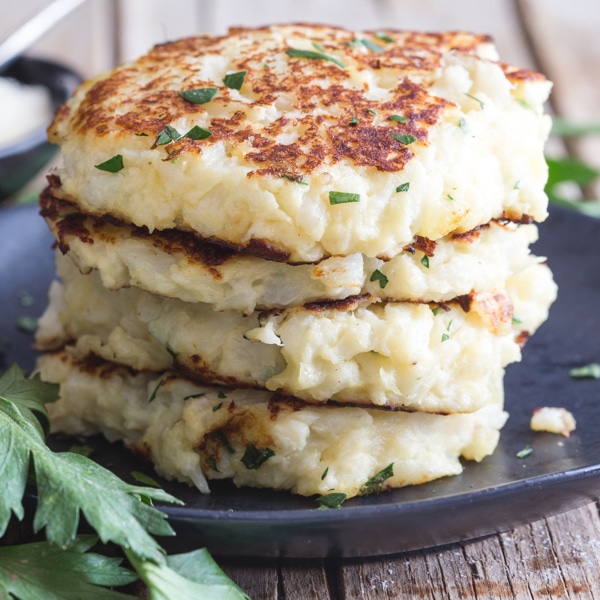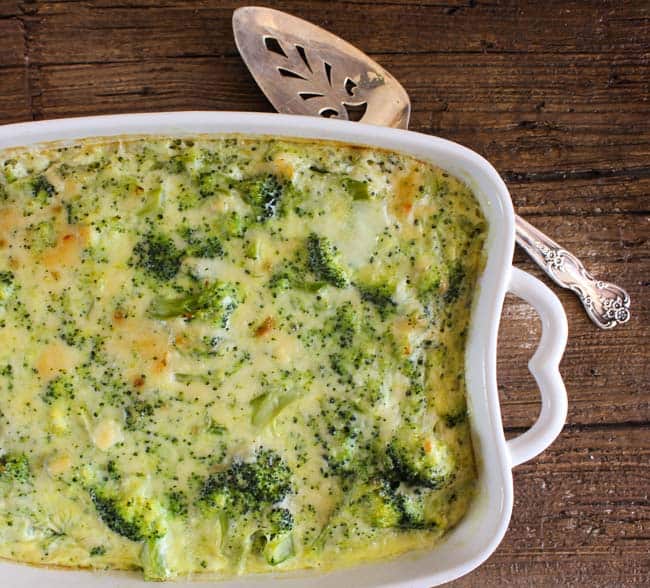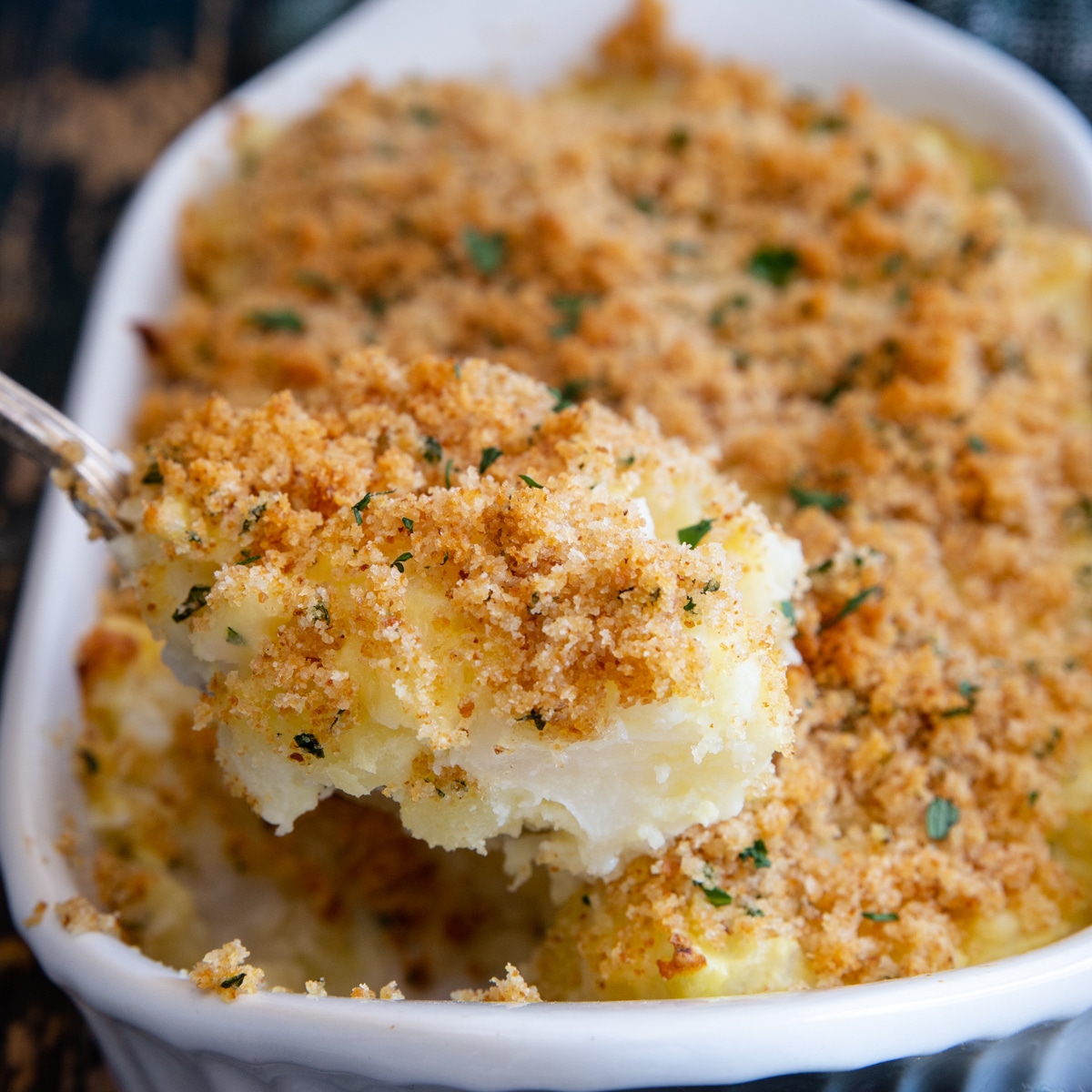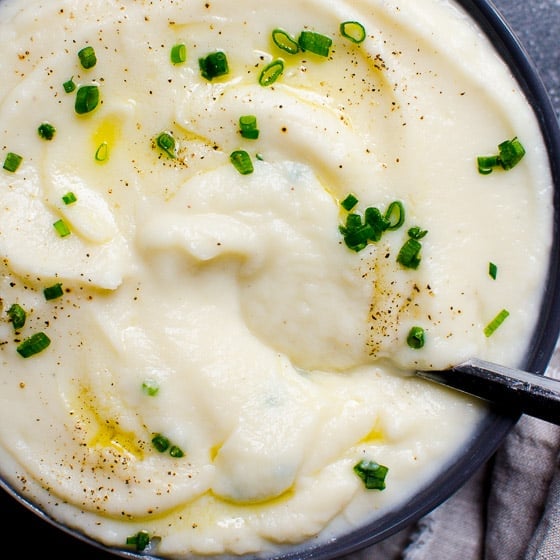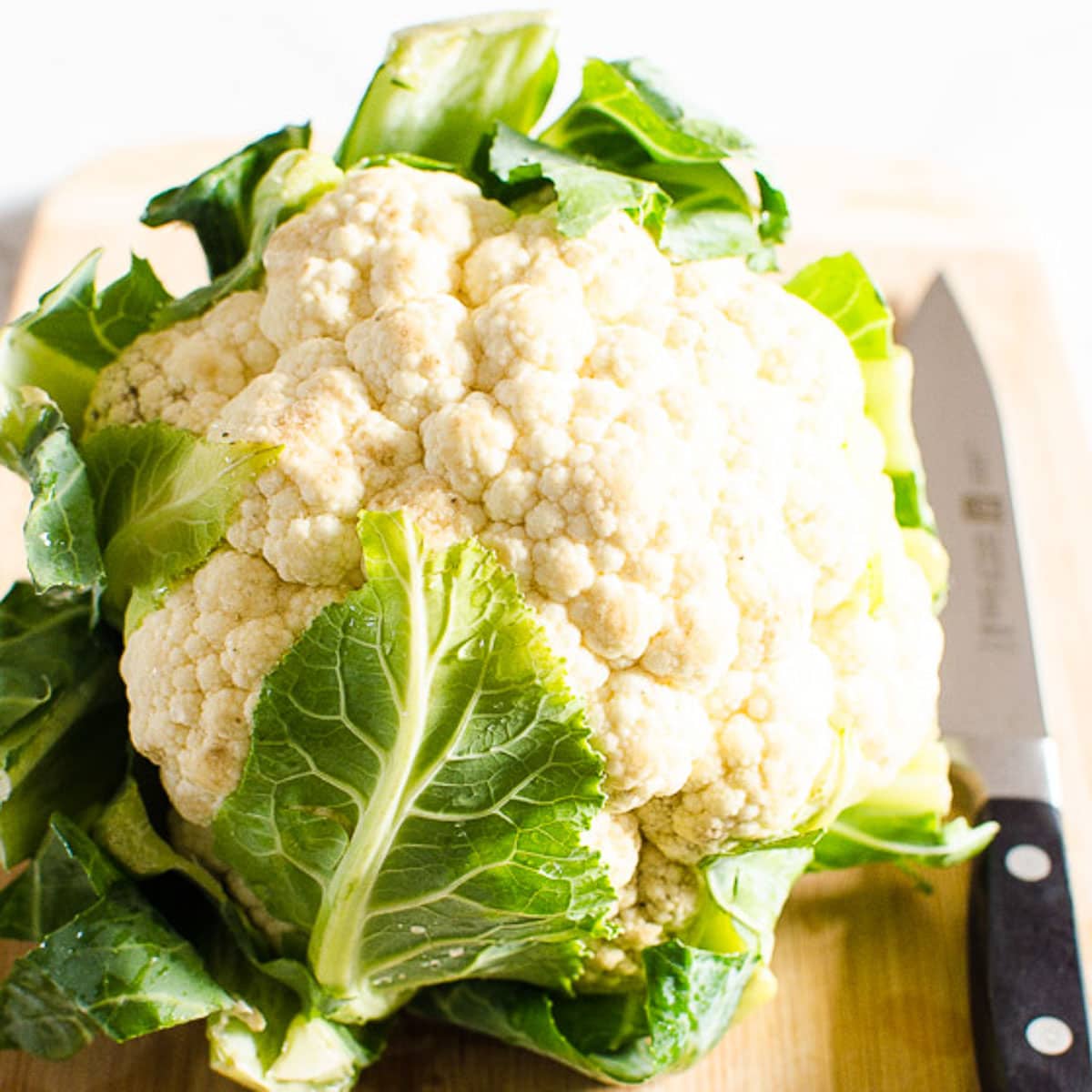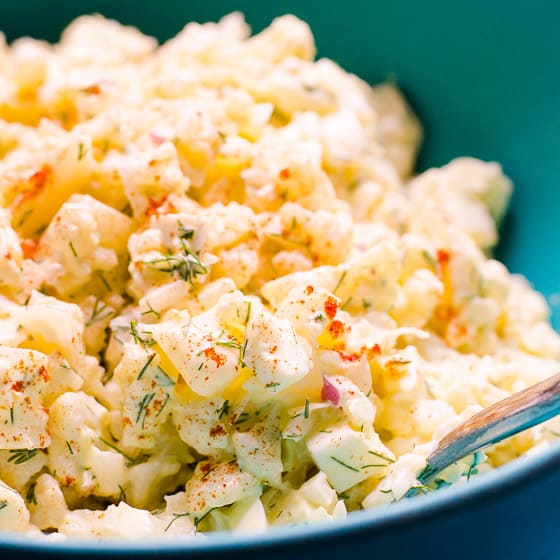Cauliflower: Important Facts, Health Benefits, and Recipes
Explore the health benefits of cauliflower, a nutrient-rich cruciferous vegetable, and discover various recipes and storage tips for this versatile ingredient.
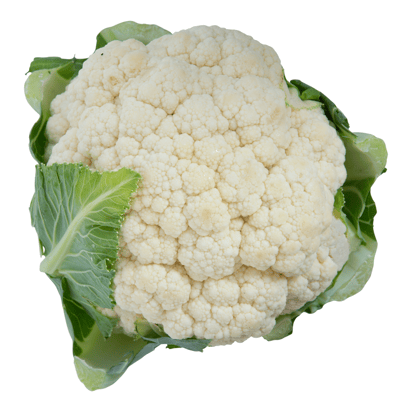
Best Cauliflower Recipes
-

-

-
/acIMG_5322fh-2f22d88ccf754078ac5c31065f070c38.jpg)
-
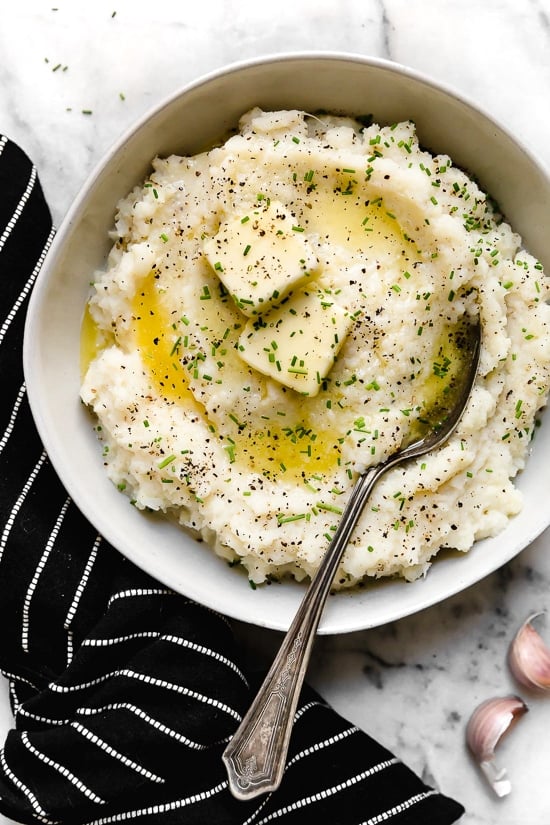
-

-
:max_bytes(150000):strip_icc()/loaded-cauliflower-bake-4769903-final-2b5d81920244456f9591f0a7198c6609.jpg)
-

-

-
![Cauliflower Mac and Cheese Image]()
-
![Cauliflower "Fried Rice" Image]()
-
![Instant Pot Aloo Gobi Image]()
-
![Cilantro Lime Cauliflower "Rice" Image]()
-
![Smoky Cauliflower Tacos Image]()
-
![Roasted Cauliflower Bruschetta Image]()
-
![Turmeric Roasted Cauliflower Image]()
-
![Roasted Cauliflower & Cheddar Soup Image]()
-
![Skillet Cauliflower Mac and Cheese Image]()
-
![Cheddar Corn Chowder with Bacon Image]()
-
![Cheeseburger Soup Image]()
-
![Turmeric Roasted Cauliflower Soup Image]()
-
![Baked Potato Soup Image]()
-
![Cilantro-Lime Roasted Cauliflower Image]()
-
![Cauliflower Watercress Soup Image]()
-
![Garlic Roasted Cauliflower with Toasted Asiago Bread Crumbs Image]()
-
![Broccoli and Cauliflower Salad with Capers in Lemon Vinaigrette Image]()
-
![Cauliflower Cheese Soup Image]()
-
![Creamy Cheesy Cauliflower Gratin Image]()
-
![Lemon Paprika Roasted Cauliflower Recipe Image]()
-
![Brown Butter Cauliflower Soup Image]()
-
![3 Cheese Roasted Cauliflower Tomato Soup Image]()
-
![Healthy Cheese Board Recipe Image]()
-
![Turmeric-Spiced Whole Roasted Cauliflower Image]()
-
![Creamy Roasted Cauliflower Soup Image]()
-
![Veggie Black Bean Enchiladas Image]()
-
![Roasted Cauliflower and Farro Salad with Feta and Avocado Image]()
-
![Cauliflower Pasta Image]()
-
![Cauliflower Buffalo Wings with Blue Cheese Avocado Dip Image]()
-
![Sheet Pan Tandoori Chicken Image]()
-
![Creamy Cauliflower Soup Image]()
-
![Cauliflower Fritters Image]()
-
![Broccoli Cheese Bake Image]()
-
![Easy Cheesy Potato & Cauliflower Casserole Image]()
-
![Step-by-Step Cauliflower Pizza Crust Recipe Image]()
-
![Cauliflower Mashed Potatoes Image]()
-
![Roasted Cauliflower with Parmesan Cheese Image]()
-
![How to Make Cauliflower Rice Image]()
-
![How to Cut Cauliflower Image]()
-
![Low Carb Cauliflower Potato Salad Image]()


